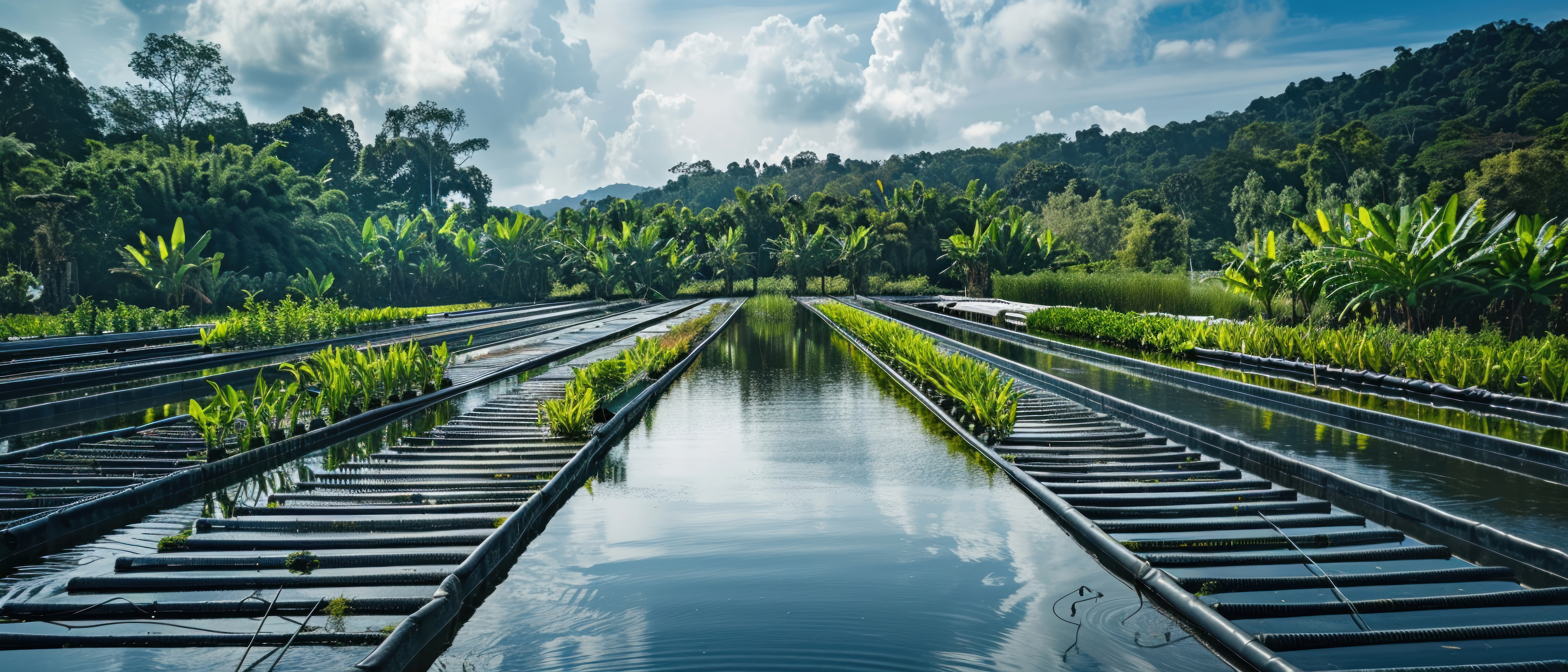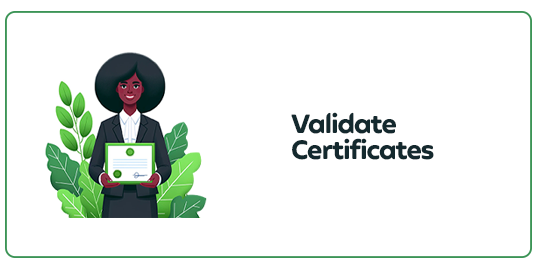About this course
Explore the historical development and current challenges of aquaculture extension in sub-Saharan Africa. Delve into case studies from representative countries, examining the evolution of extension practices from colonial experiments to modern-day initiatives. Analyze the impact of international involvement, participatory paradigms, and farmer-led approaches on project sustainability and adoption rates. Learn valuable lessons for enhancing extension services to better serve the needs of aquaculture stakeholders and promote economic development in the region.
Comments (0)
Aquaculture in sub-Saharan Africa has a complex history dating back to the 1950s, with significant investments made by governments and international organizations. However, by the early 1990s, the returns on these investments were deemed insignificant, raising doubts about the viability of aquaculture in the African context. This course aims to delve into the challenges faced by aquaculture development in the region and explore strategies for improvement.
In this section, we have undertaken comprehensive reviews of aquaculture extension services in five representative countries of sub-Saharan Africa. Local extension specialists were engaged to gather pertinent information and extension materials, which were subsequently reviewed and synthesized by a local consultant. The findings highlight the history, structure, approach, and performance of aquaculture extension services in each country, providing valuable insights into the current state of affairs.
The history of aquaculture development in sub-Saharan Africa traces back to the 18th century in Madagascar, while effective initiatives in most other regions began in the 1950s under colonial administrations. After independence, however, aquaculture initiatives suffered a decline, primarily due to low prioritization by newly independent governments and dependence on foreign donors. Despite the failures of many foreign-led projects, valuable lessons have been learned, leading to the evolution of new strategies emphasizing community management and participatory approaches. While aquaculture remains a minor priority in many African countries, the increasing demand for fish protein has sparked interest in strategic development plans for the sector.
The current institutional structure for aquaculture extension in many regions of Africa is characterized by a top-down approach with lengthy bureaucratic processes. This leads to a loss of important technical information and a misunderstanding of farmers' needs by policymakers. Despite some improvements in job descriptions and resource management, extension efforts are still largely driven by development goals without adequate consultation with farmers. The predominant use of the World Bank's Training and Visit (T&V) approach focuses on maximizing fish production rather than addressing farmers' personal development goals. However, this approach has shown limited success due to inadequate support for field technicians, who are often inexperienced and lack sufficient training to effectively assist farmers.
The lessons from successful aquaculture development initiatives in various African countries provide valuable insights into overcoming common constraints and promoting sustainable growth in the sector. Despite challenges such as political instability, inadequate infrastructure, and limited resources, successful approaches have emerged.
The review of extension tools encompassed nearly 60 resources aimed at enhancing aquaculture development across various countries, with a focus on both farmers and extension agents. These tools ranged from printed materials like books, pamphlets, and brochures to radio and television programs. Each resource was tailored to address specific needs, whether it was providing technical guidance on pond construction, fish feeding, or management practices. Notably, some tools were designed to engage school children, while others targeted educated farmers and extension agents. The tools varied in their effectiveness and accessibility, with some offering detailed technical information suitable for graduate-level readers, while others provided more basic guidance for farmers. Additionally, the review highlighted the importance of participatory approaches, farmer involvement in priority setting, and effective communication strategies in extension work.
The analysis of extension tools in aquaculture across African countries reveals a significant gap between existing technical documentation and the diverse needs of farmers. While many resources target extension agents, they often lack accessibility for farmers, relying on expensive and technologically reliant visual aids. Moreover, the generalized nature of these materials fails to account for the variability among farmers and their specific conditions. The recommendation suggests the development of localized documentation tailored to the unique circumstances of different regions, emphasizing the need for specific technical guidance that addresses farmers' individual questions and challenges. To bridge this gap effectively, a proposed approach involves combining technical knowledge with process-oriented methods, such as guided experiential learning, to facilitate the adaptation of technology to specific situations. This holistic approach aims to empower farmers with the necessary tools and knowledge to enhance their aquaculture practices sustainably.








